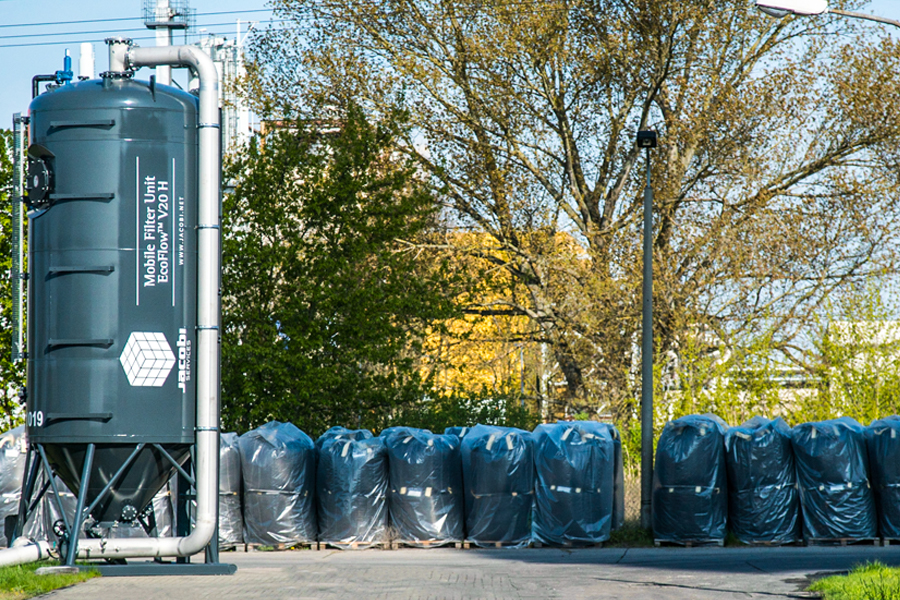It is well known that terpenes will escape in the biogas during the anaerobic digestion or of municipal waste such as citrus fruits, spices; vegetables and vegetation or essential oils from cosmetics. They are often strong-smelling and many terpenes are aromatic hydrocarbons and thus may have had a protective function.
| Carene, or delta-3-carene | Limonene | P-Cymene |
A-Pinene |
| Rosemary | Citrus fruit | Cumin spice | Coniferous trees resin |
Problem
Terpenes are removed from the biogas because they can corrode gaskets and plastic piping (PE) and they mask the odour component (THT) that is added to natural gas for leakage detection.
Case study
For a large biogas plant Jacobi was contacted for an activated carbon solution for terpenes removal from biogas. Table 1 gives an overview of the terpenes in the biogas.
Table 1: Other terpenes detected in biogas from AD plants
| Bornan | menthenes | α-Pinene |
| Camphene | Ocimenes | α-Terpinene |
| Camphor | p-cymene | α-thujene |
| Carenes | Sabinene | β-phellandrene |
| delta-4-carene | Terpinolene | β-pinene |
| Eucalyptol | α-Phellandrene | γ-Terpinene |
| Limonene |
Other process parameters are:
Flow rate: 1250 Nm³/h
Temperature: 30°C
Relative humidity:
Pressure at the inlet the filters: 1,2 bara
Annual operating time: 8600 hpa
Average hydrocarbon concentration: 4.5 g/Nm³
Temperature: 30°C
Based on the data the above data a mobile activated carbon filter EcoFlow™ V20H with Resorb VT™ was proposed.



